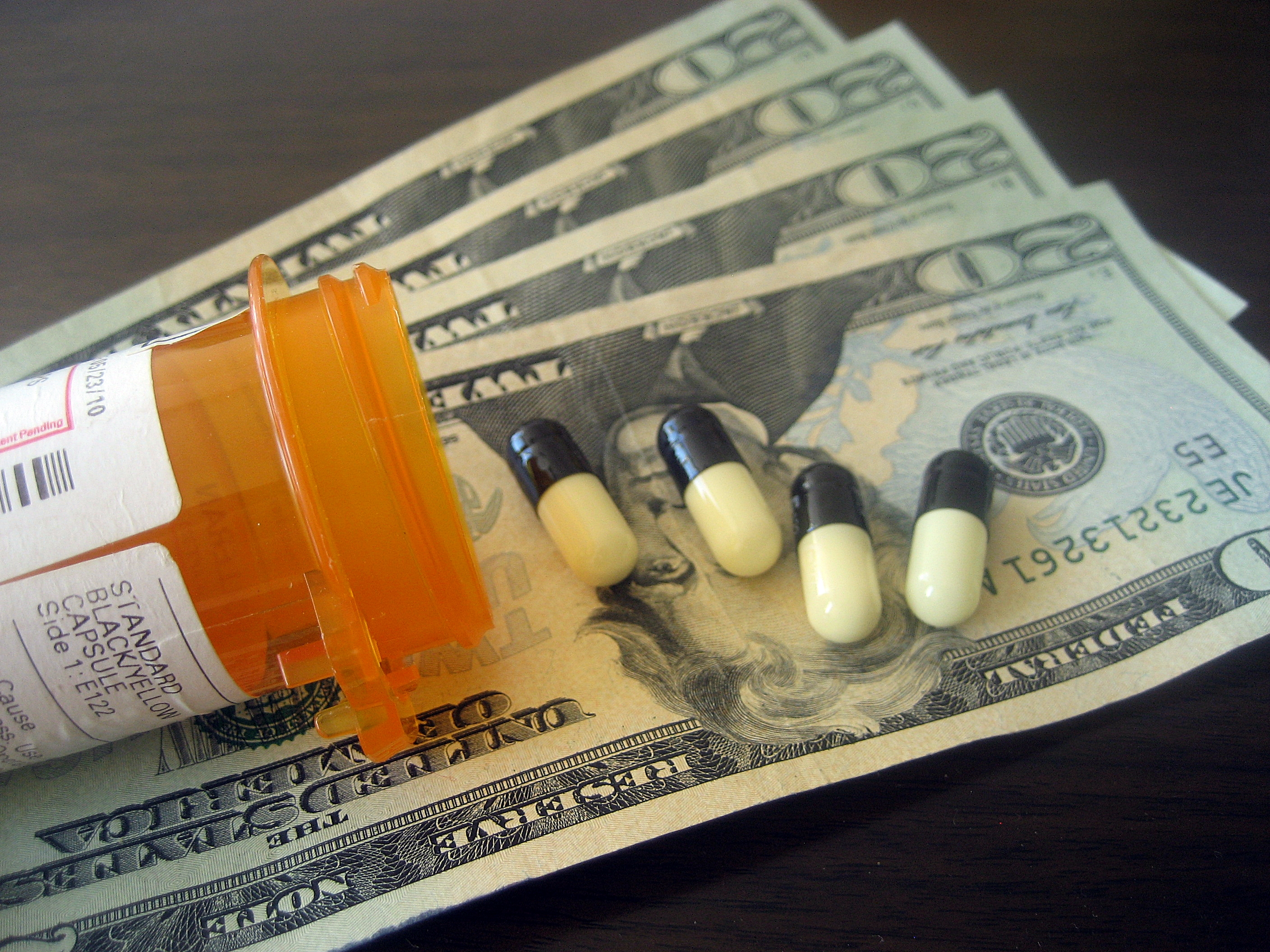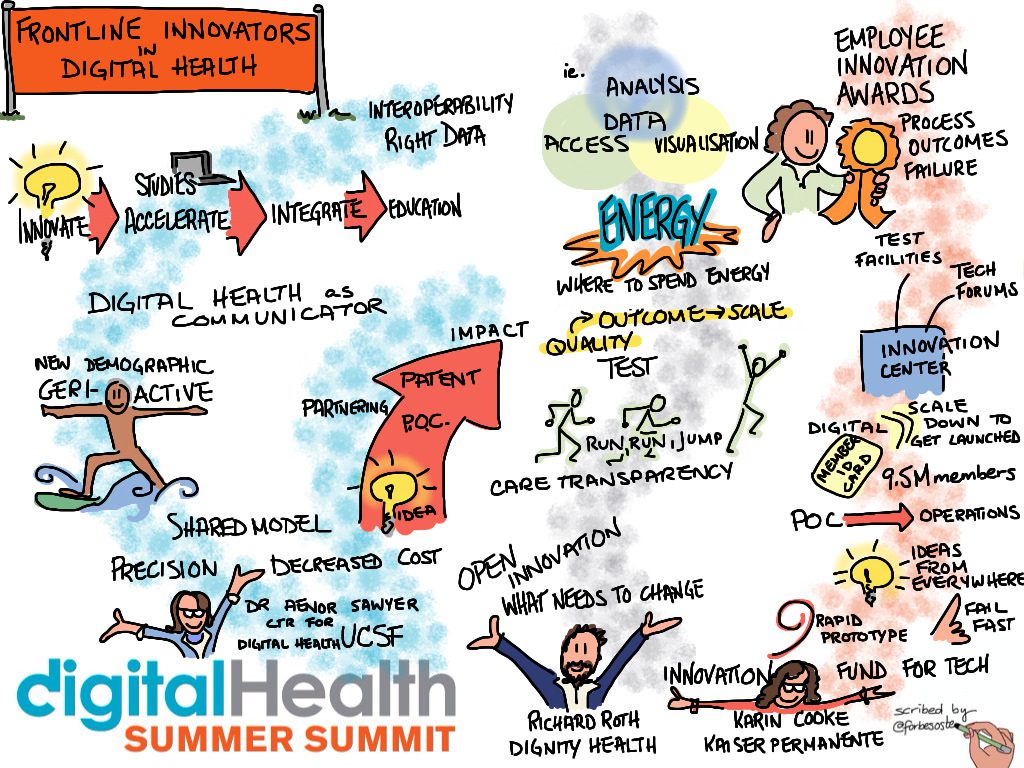Why are drug prices in the US twice as much as in Holland and more than twice as much as the Brits? Dean Baker at the Center for Economic and Policy Research explains here that the only reason we pay so much more for our prescription drugs than people in every other wealthy nation is because the US Congress allows the pharmaceutical industry to charge whatever they want for their drugs. No other government allows the drug companies to set the prices for their drugs.
Americans could save more than $300 billion if we paid the same amount for our drugs as Canadians, who pay about 72 percent of what we pay. And, if the price of our drugs were the same as the Danes, we could save around $725 billion.
So if you’re looking to save money on your next trip abroad, consider filling some prescriptions!










